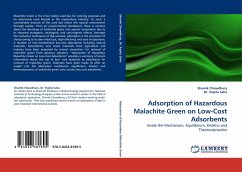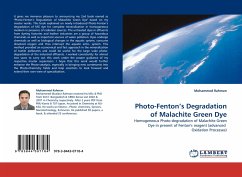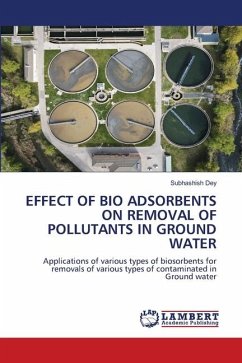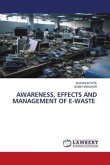Malachite Green is the most widely used dye for coloring purposes and an extensively used biocide in the aquaculture industry. As such, a considerable amount of the used dye enters the natural environment through wastes. From an environmental standpoint, there is concern about the discharge of malachite green into aquatic ecosystems due to its reported mutagenic, teratogenic and carcinogenic effects. Amongst the numerous techniques of dye removal, adsorption is the procedure of choice owing to its low initial cost, high efficiency and ease of operation. A number of non-conventional low-cost adsorbents including natural materials, biosorbents, and waste materials from agriculture and industry have been proposed by several researchers for removal of malachite green from aqueous solutions. Adsorption of Hazardous Malachite Green on Low-Cost Adsorbents provides a summary of recent information about the use of low- cost materials as adsorbents for removal of malachite green. Attempts have been made to offer an insight into the adsorption mechanism, equilibrium, kinetics and thermodynamics of malachite green onto various low-cost adsorbents.
Bitte wählen Sie Ihr Anliegen aus.
Rechnungen
Retourenschein anfordern
Bestellstatus
Storno








